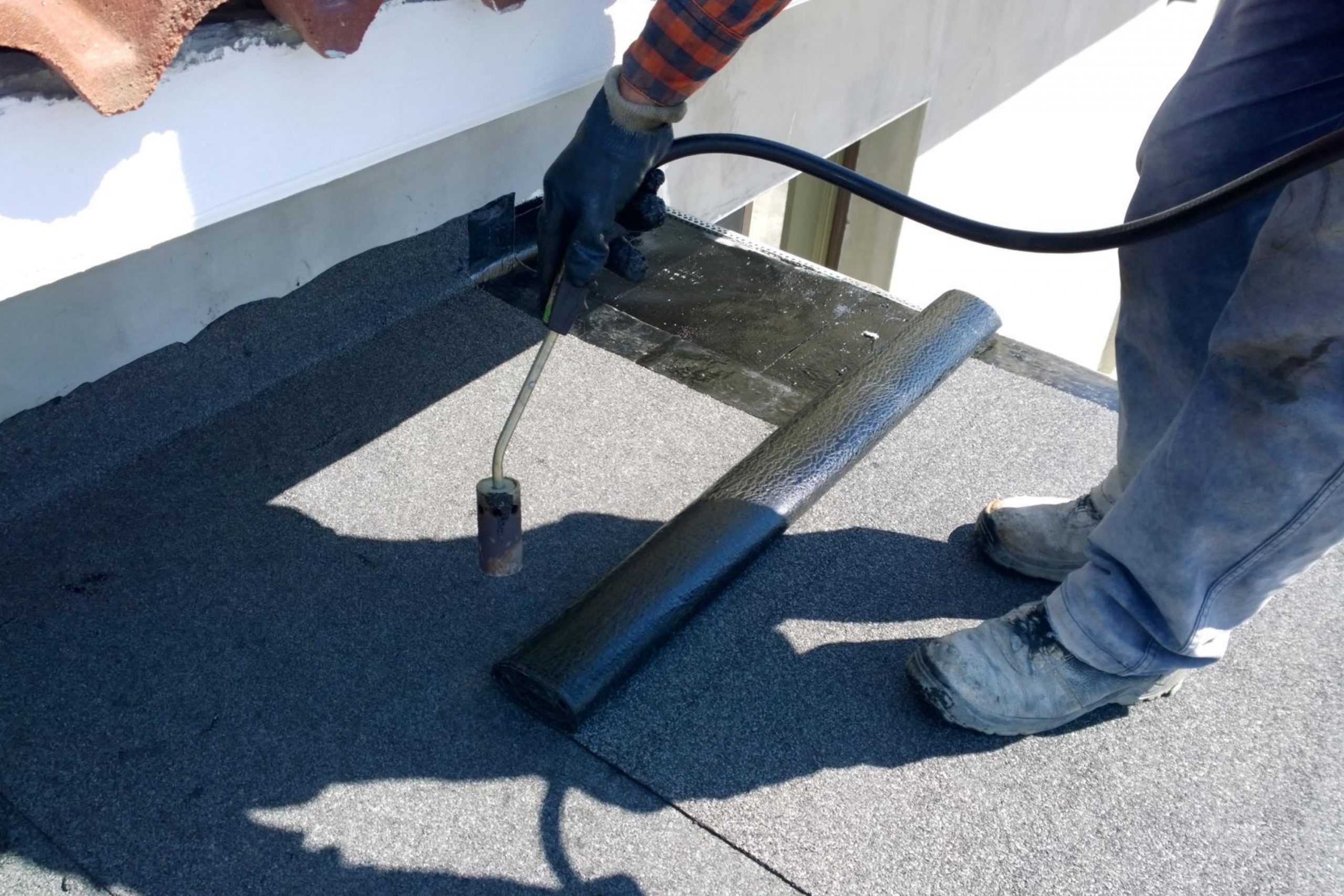When you are up to any roof repair or renovation including replacement, you might want to know how long your roof underlayment can stay exposed so that it doesn’t cause any damage to the roof itself in general.
And since it is an important thing to know about, today we are going to tell you more about it.
In particular, you will find out how much time your roof underlayment can remain exposed safely. Also, we will tell you what factors can influence the term of your roof underlayment exposure.
Finally, you will learn which kind of underlayment, asphalt or synthetic, is better and why.
How Long Can Roofing Felt Stay Exposed?
The amount of time your roof underlayment can stay exposed depends on the material it is made of mostly. If you have synthetic underlayment, note that you can leave most synthetic underlayments exposed for six months and some even for 12 months safely!
On the other hand, there are varieties that can last much longer. For example, the woolly, tan-colored Opus Roof Blanket is approved for 30 months of UV exposure.
But if you have an asphalt underlayment on your roof, most likely you will not find any information on its exposure time simply because there is none. See, most asphalt felt doesn’t give exposure times because this product is designed to be covered immediately.
This is why we recommend you figure out what type of underlayment you have or you are going to use so that you could be aware of the exposure time if there is any at all. It will help you to avoid any mistakes and also keep your roof safe and in a good condition.
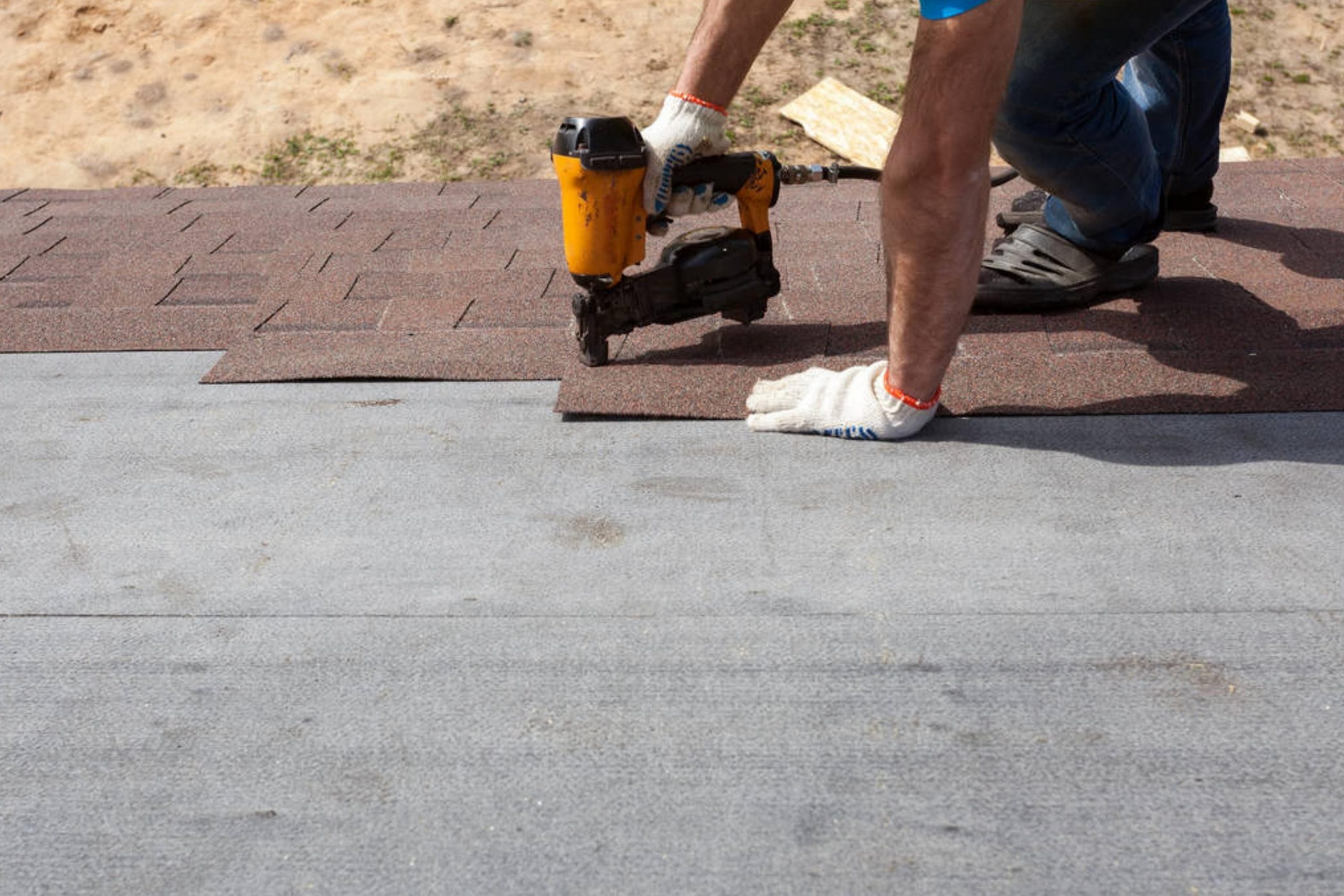
Ever wished paint sampling was as easy as sticking a sticker? Guess what? Now it is! Discover Samplize's unique Peel & Stick samples.
Get paint samples
Asphalt Versus Synthetic Underlayment. Pros And Cons
As we have already mentioned, there are two most commonly used types of underlayment. One is asphalt and the other is synthetic. And if you are not a professional roofer, it might not be clear to you what distinctions they have, as well as what downsides they come with.
Of course, price is the key distinction: the price for #30 felt averages around 10 cents per square foot while synthetics can cost between 11 and 15 cents a square foot. But this is not the only thing that makes these two types of underlayment different.
So below we have prepared a list of pros and cons that these underlayment types have. Like this, you will be able to see and compare them, which will make it easier for you to make a decision.
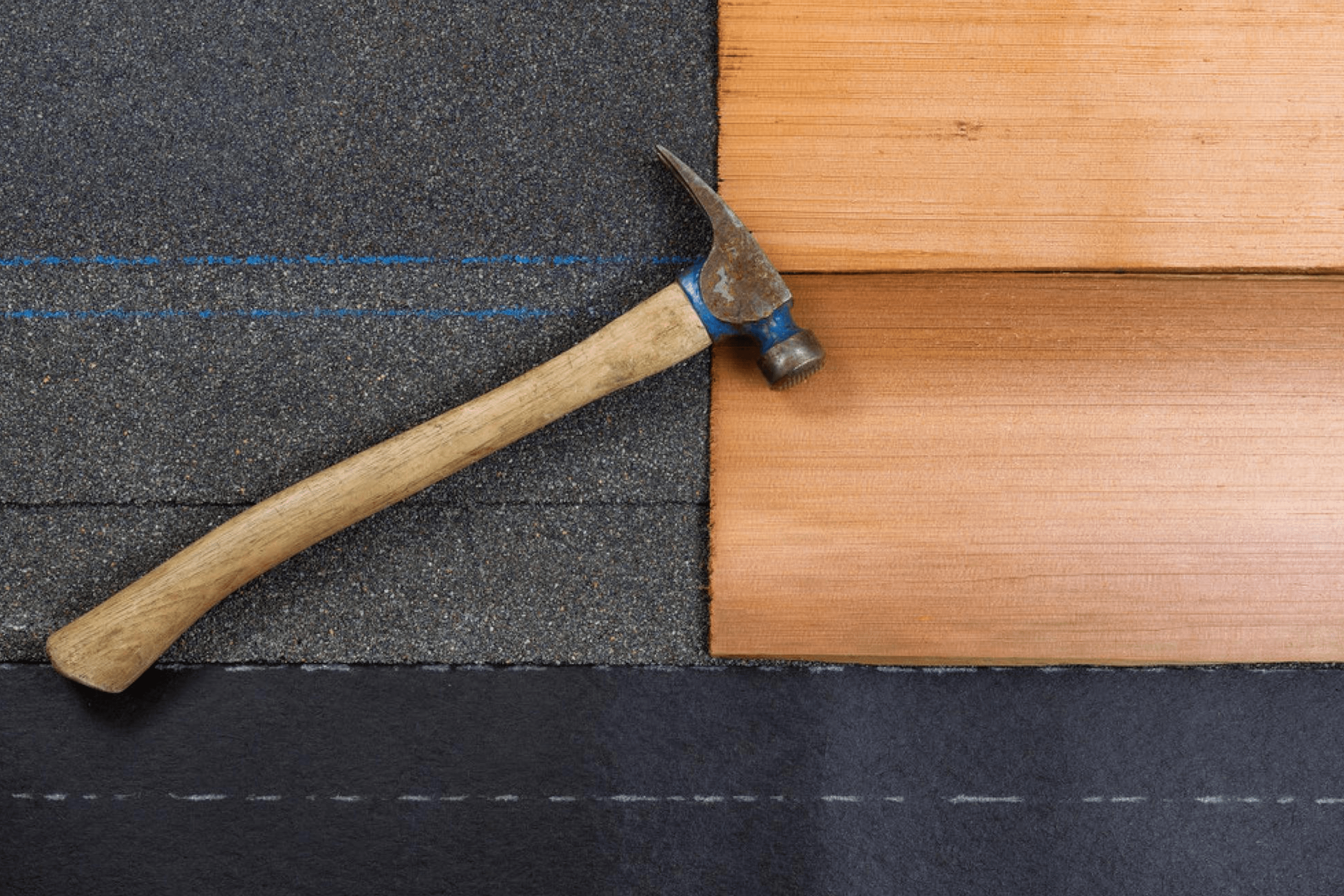
Asphalt Underlayment. Pros And Cons
If you are making the choice between asphalt felt versus synthetic underlayments, there are a lot of factors to consider. So what benefits and downsides does asphalt underlayment have?
Among the benefits of this underlayment type, we can name the following:
- It has been known for decades and thus is a standard underlayment material
- Asphalt underlayment is typically cheaper to install
- Asphalt felt can be installed with less expensive nails or staples
- It remains a popular choice because roofers are familiar with it
As for the downsides, here are a few that you might want to be aware of in advance:
- Asphalt underlayment is less durable than synthetic
- It is prone to wrinkling during installation
- It can’t handle a long exposure unlike its synthetic counterpart
- Most asphalt felt doesn’t give exposure times because this product is designed to be covered immediately
- It wrinkles in wet weather
- The cold will make it crack
- Exposure to both high temperatures and UV rays will degrade the material rather quickly
- Asphalt felt should only be used when the roof will be covered in the same day
As you can see, this kind of underlayment material has more cons than pros. This is why we suggest you take a look at its counterpart and see what a synthetic option has to offer to you.
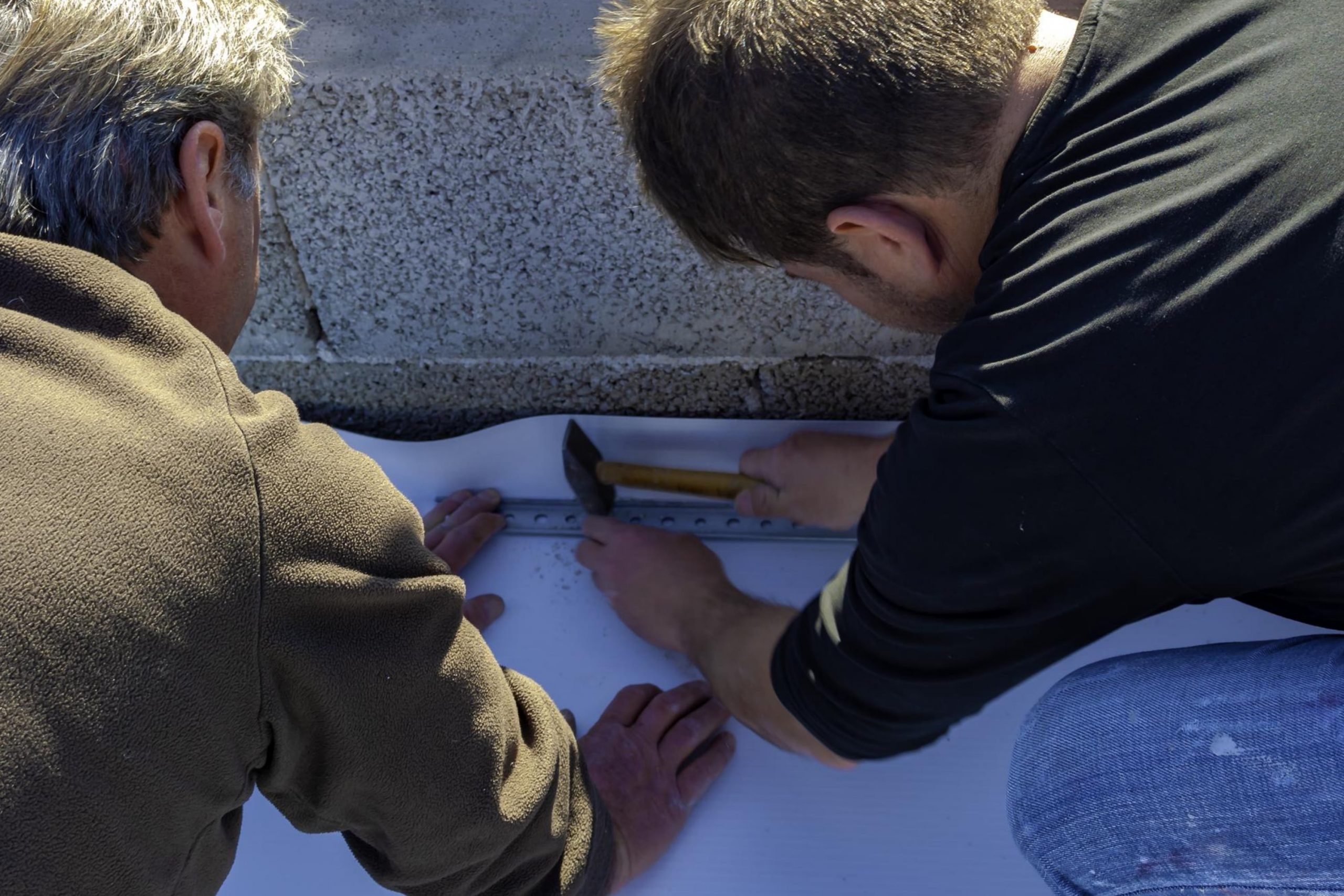
Synthetic Underlayment. Pros And Cons
If we compare synthetic underlayment with the asphalt alternative, we will see a few significant distinctions. Speaking of its strong sides, we can pay attention to the following:
- Synthetic underlayment is much more durable than asphalt
- It’s less likely to tear
- When properly installed, it is less prone to leaks
- It has a lighter weight, which makes it easier to handle and install than asphalt
- It isn’t prone to wrinkling during installation the way asphalt can
- Synthetic underlayments can be exposed much longer than asphalt felt
- It is resistant to moisture and extreme temperatures
- It typically resists UV damage for between six to 12 months
But of course, along with the pros, there come some cons as well. If you want to use synthetic underlayment on your roof, take the following features of this material into consideration:
- Synthetic underlayment requires cap fasteners instead of nails to prevent leaks, which is more expensive
- In general, installing synthetic underlayment can be more pricey
- This material is less common which means roofers may be less familiar with it
- Some building codes do not allow synthetic underlayment to be used
However, these downsides are not as crucial as those of asphalt underlayment! So if you don’t mind paying more and hiring professional roofers who know how to work with this kind of underlayment material, we recommend you opt for synthetic underlayment.
Now you know not only how long your roof underlayment can be exposed but also, you are aware of what this time depends on. In addition, we told you more about the pros and cons of the most commonly used underlayment materials, asphalt and synthetic.
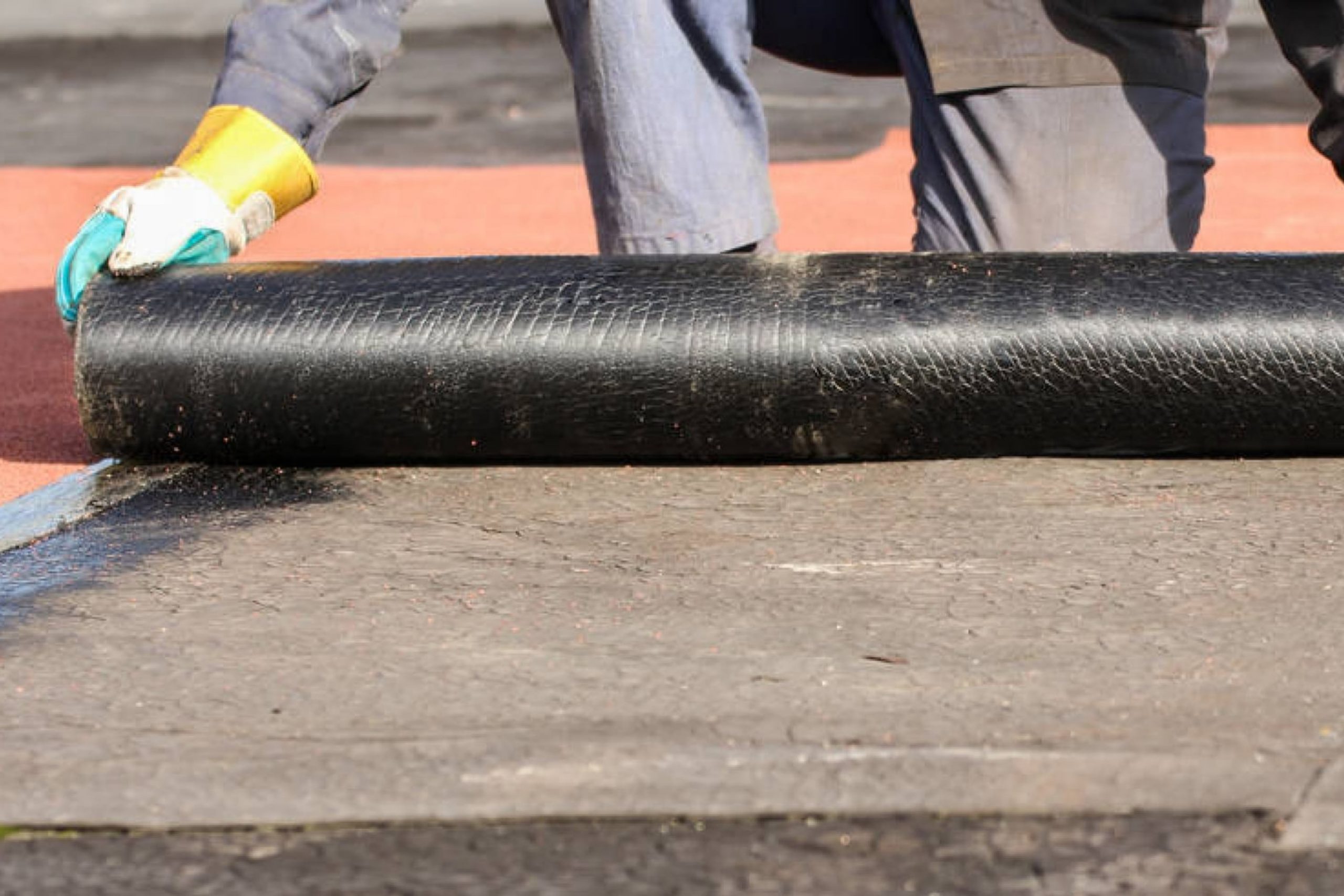
Is Roof Underlayment That Necessary?
At this point, you might be wondering whether installing roof underlayment is really so important and why. However, we would not recommend you neglect this part of your roof and/or skip the underlayment installation step!
Underlayment is an important component to the overall roof system mostly because it serves as an extra layer of protection for your roof. In addition, roof underlayment will give you a few other benefits:
- Protect against moisture penetrating through the roof
- Protect your roof from leaks
- Add extra insulation to your home, keeping it less drafty
- Absorb noise from rain or other elements on the roof
- Ensure that the roofing material laid on it looks uniform and even
- Keep your roofing warranty valid if applicable
So if you are now hesitating about whether to install an underlayment or not, the answer is yes. Just choose the proper underlayment material that will last longer, and this is going to be a worthy investment that will make your home not only dry and warm but also cozy and quiet!

Why Would I Want to Choose Underlayment With Longer Exposure Ratings?
When you are planning any roof renovation or roof repair projects, you need to know how long your roof underlayment can be exposed without getting damaged. Of course, for this purpose, you would prefer to choose the underlayment material that has from six months to a year of exposure time.
Moreover, on large-scale construction projects, for example, the work might be done in stages. It makes it difficult to cover the roofing with underlayment in the same day.
This is why you might want to consider underlayment that can safely last exposed for quite an extended period of time.
Another reason why you might want to opt for underlayment with a long-lasting exposure term is supply delays. Imagine your shipment of materials is late, or you have scheduled an order for a roofing material that might take some time to arrive.
In each of these cases, a synthetic underlayment will have to stay exposed longer than you expected. This is why it is better to get the underlayment with a long-term exposure time so that you can focus on other parts of the project while you wait.
Finally, there is one more reason that will be very easy to understand for those who live in storm-prone areas. See, after tornados, hurricanes, or strong winds pass by, there are usually dozens or even hundreds of homes that were affected in the area. And all of those homes require roof repair.
For sure, for homeowners who have underlayment that won’t last long if exposed, this makes it a challenge since they need something to cover their rooftop right away. However, homeowners with synthetic underlayment are in a more privileged position since they can rest in peace. So long as the underlayment is intact, they can safely wait until roofers are able to make the necessary repairs.
So if you had any doubts or hesitations regarding the type of underlayment material you should choose for your home, we hope we managed to solve this dilemma for you!
As you know now, synthetic underlayment is a more preferable option although it is more expensive and also comes with certain nuances (for example, some building codes restrict using it).
However, should you choose synthetic underlayment, you can be sure that your home and its roof in particular will be properly protected from elements and weather.
Even if a hurricane leaves your roof underlayment exposed, if it’s synthetic, you will be able to wait for the roofers to come and fix it without any worries.
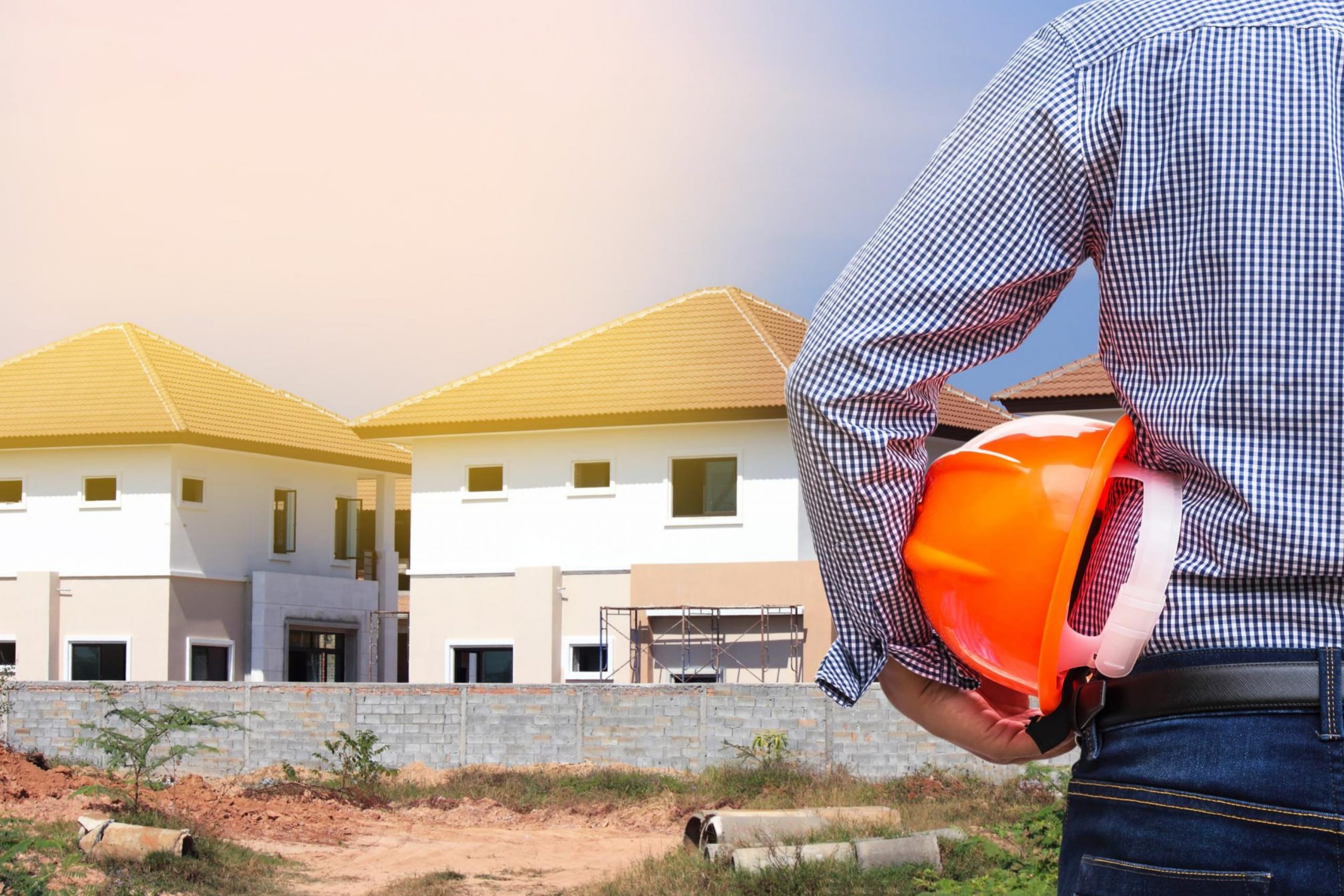
Ever wished paint sampling was as easy as sticking a sticker? Guess what? Now it is! Discover Samplize's unique Peel & Stick samples.
Get paint samples
Frequently Asked Questions
⭐Can roof underlayment get rained on?
Yes, roofing underlayment can get wet although the edges are overlapped to make sure every inch of the roof is covered.
⭐Can roofing felt get wet?
While it is okay for roofing felt to get wet, it should not get too wet or remain wet for too long.
⭐How long can tar paper be exposed?
In most cases, traditional felt underlayment is rated to last between 12 and 20 years.
